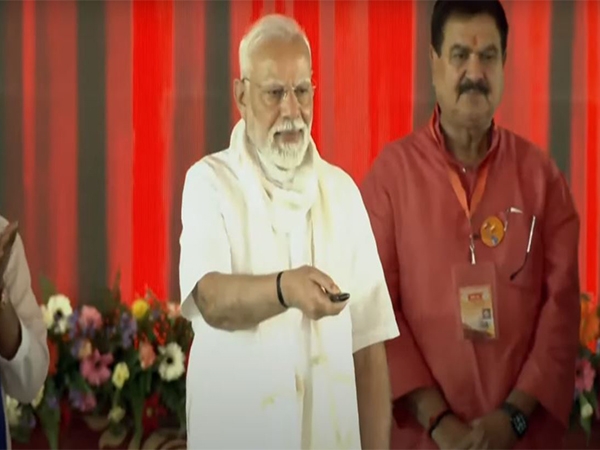Eccentric, meet eclectic: 8 things a local learnt about Chennai this Madras Week

Chennai - or Madras as anyone with roots here still calls it - has a birthday. August 22 - the day 376 years ago that Francis Day and Andrew Cogan bought a sliver of land from the Nayak rulers, on behalf of the East India Company - is the city's big day.
And since 2005, a bunch of enthusiasts have been coming together to celebrate the city's birthday with a series of fun events. What began as Madras Day is now Madras Week, held this year between 16th and 22nd August.
Although a visitor for years, this year I decided to be systematic about the whole thing and got a copy of the handy little booklet of events printed by the organisers.
The range of events was staggering - I was spoilt for choice.
But more, the events listed gave me a bird's eye overview to everything that matters to Chennai, and made me ask questions about my city I had never bothered to ask.
How long have Madrasis relished their filter coffee? Was it from prehistory as we seem to believe or is it of more recent provenance? What about the 'December Season' so closely associated with the city? And so, armed with questions, I set out to find some answers.
Here are 8 things I learnt:
It started in 1806 by connecting water bodies between Fort St George and Ennore, and then further north to Pulicat Lake, finally ending in Pedda Ganjam in Andhra Pradesh, some 300-odd km north of Madras. The second part began from the Adyar River southwards to Marakkanam, 100 km from the city. The purpose was, of course, to move goods.
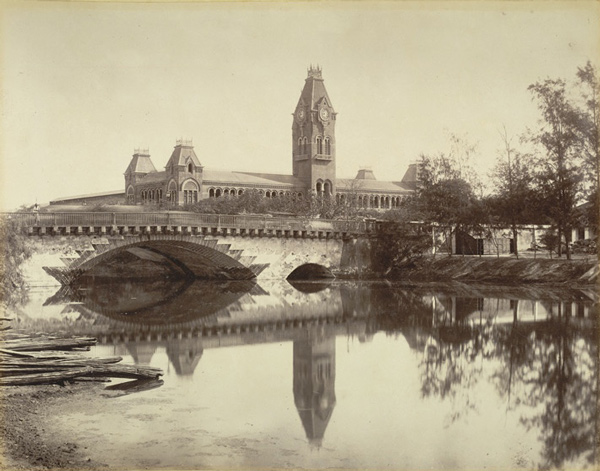
Central Station seen from the western banks of Buckingham canal, c.1880
He just happened to be Governor of Madras when the last bit of the canal was being dug. This was the connecting stretch within the city, between the Cooum and Adyar Rivers, a distance of 8 km, which was dug as a food-for-work programme during the Great Famine of 1877-78 on his orders.
DH Rao, an engineer and Buckingham Canal enthusiast, spoke of how as recently as January 2015 he hired a boat to travel between Mahabalipuram and Marakkanam and earlier had traversed the section of the canal in Andhra Pradesh, right up to Pedda Ganjam.
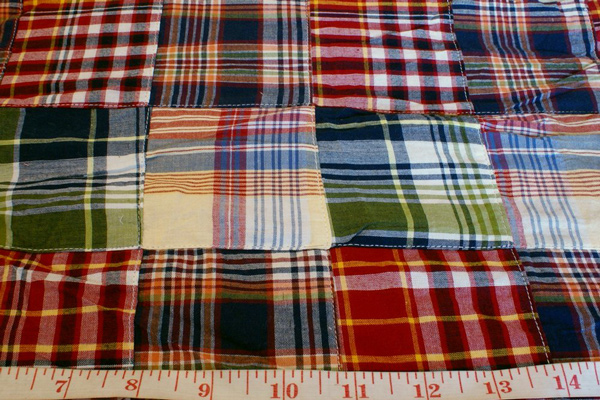
The iconic checked fabric whose dyes were not colourfast was, surprisingly, a big hit in West Africa.
This checked fabric was traded as far back as the 15th century to Africa and, with the slave trade, made its way to the Americas, where it became a sign of preppy fashion in the US in the 20th century.
The East India Company were the ones who started this craze for Bleeding Madras or Madras checks, and had to dub the 36 inch-wide and 8 metre-long bolts of fabric Real Madras Handkerchief (RMHK) to avoid certain taxes that the British government levied on imported fabric.
According to Google, it was in the late 1920s that the venerable Music Academy was inaugurated. Someone must have had the realisation that, while the 'Sahibs' had their Christmas revelries, there was nothing to occupy the 'natives'. And this being the most pleasant season (or, well, the only pleasant season) the city had, it made sense to have a music festival then.
Plus mid-December to mid-January is also the Tamil month of marghazi, which is generally given to devotion.
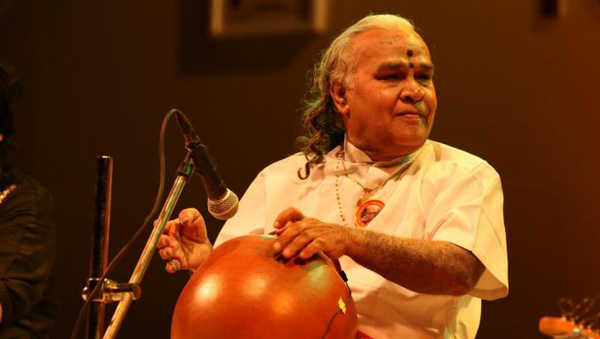
Grammy Award-winning percussionist T. H. Vinayakram
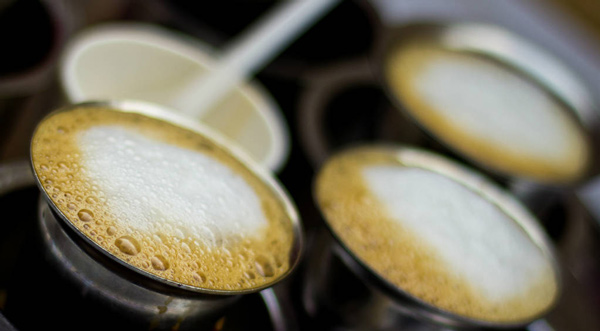
Coffee (and tea) came to India in the 17th century but was mainly consumed by the British.
It slowly percolated down to the native via the Indians working for the British, the Burra Sahibs. Even in the first half of the 20th century, coffee was an elite drink; the addition of milk - an expensive item - made it unaffordable for most. So while Madras has been drinking coffee for a while now, it's nowhere near as long as you'd imagine.
The Company figured it would be best to set up a weaver colony, where they could keep an eye on the product and the producers. The weavers wanted an area with lots of trees since shade was essential to their process and so Chintadripet was built on what was called Sunku Rama Chetty's Gardens, close to present-day Chennai's central railway station.
Sunku Rama, a dubash, had been granted this space by the Company in 1719. Obviously he fell afoul of the powers that be for they had no qualms in un-granting the land in 1734! And so was born Chinna Tari Pettai (or small weaver town).
Adiappa Narayana Chetty, another dubash, was entrusted with getting Chinna Tari Pettai up and running. He hit upon the idea of building a temple to attract weavers. (Nowadays we advertise great views of the ocean, swimming pools, shops and the like).
And so Chintadripet, in the 1780s, got its Aadikesava Perumal temple, which consists of twin temples to Shiva and Vishnu. The temples are interconnected via a colonnaded corridor. This kind of sharing of space between Shiva and Vishnu temples is quite uncommon.






![BJP's Kapil Mishra recreates Shankar Mahadevan’s ‘Breathless’ song to highlight Delhi pollution [WATCH] BJP's Kapil Mishra recreates Shankar Mahadevan’s ‘Breathless’ song to highlight Delhi pollution [WATCH]](https://images.catchnews.com/upload/2022/11/03/kapil-mishra_240884_300x172.png)

![Anupam Kher shares pictures of his toned body on 67th birthday [MUST SEE] Anupam Kher shares pictures of his toned body on 67th birthday [MUST SEE]](https://images.catchnews.com/upload/2022/03/07/Anupam_kher_231145_300x172.jpg)






